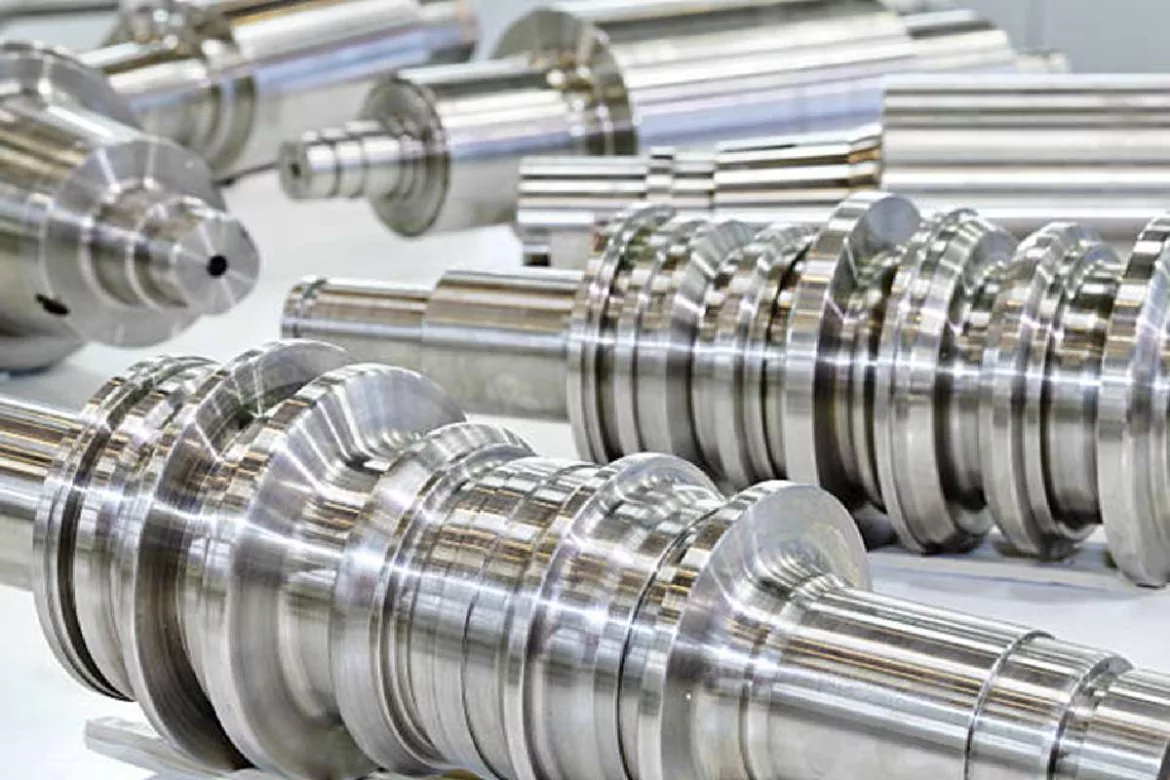Are you curious about the hidden mechanics behind the convenience of modern machinery and automation? Meet electrical linear actuators, the uncelebrated champions that silently power and orchestrate precise and efficient movements in various applications. Let’s explore their anatomy and how they change the game today.
Table of Contents
Electrical Linear Actuators
Electrical linear actuators are the workhorses of automation, converting electrical energy into precise linear motion. Comprising key components like an actuator body for protection, an electric motor for power, a screw or rod for movement, and often a gearbox for control, they rely on limit switches and a control system to orchestrate their actions. These actuators are essential for achieving controlled movement in various applications.
How Are They Changing the Game
- Precision and accuracy: Electrical linear actuators have feedback systems that provide precise positional feedback. This level of accuracy is essential for applications such as 3D printing, CNC machining, and semiconductor manufacturing.
- Energy efficiency: Electric actuators only consume power when in motion. It means they are highly energy-efficient. This is particularly valuable in applications where energy savings are a priority, such as in renewable energy systems and mobile robotics.
- Maintenance and reliability: The simplicity of electric linear actuator designs reduces maintenance needs. This is because they have fewer moving parts and no hydraulic fluid. In industries like pharmaceuticals and food production, where downtime for maintenance can be costly, this is a significant advantage.
- Compact design: The compact size of electrical linear actuators allows for their integration into tight spaces. In medical equipment like MRI machines, where the area is limited, electric actuators are preferred due to their compactness.
- Safety: Electrical linear actuators can come equipped with safety features like position monitoring and overload protection. This is crucial in applications like automotive assembly lines, where operator safety is a top priority.
- Silent operation: The quiet operation of electric actuators is particularly beneficial in sectors where noise levels need to be minimized. This is needed in the entertainment industry or in environments with stringent noise regulations.
- Environmental friendliness: Electric actuators do not rely on hydraulic fluids. Doing so can pose ecological risks when they leak or are disposed of. This eco-friendliness is a notable advantage, especially in industries where environmental regulations are strict.
- Versatility: Electric actuators are employed in various applications, including industrial automation, aerospace, agriculture, home automation, and more. Their versatility makes them adaptable to diverse industry needs.
- Remote control and monitoring: The integration of electric actuators with control systems and the ability to monitor them remotely is instrumental. This is especially true in industries such as smart agriculture. Here, real-time data and control are vital.
- Customization: Manufacturers offer a variety of electric actuators with options for stroke length, force, speed, and additional features. This customization is essential in tailoring automation solutions to specific requirements.
- Faster response time: Electric actuators can swiftly respond to control inputs. This is indispensable in applications like automated packaging, where precise timing is critical.
- Cost-effective: While the initial investment in electric actuators may be higher than in hydraulic or pneumatic systems, their lower maintenance and energy costs often result in a lower total cost of ownership. This is beneficial in industries with continuous operation.
- High load capacity: Modern electric actuators are designed to handle substantial loads, making them suitable for applications such as heavy-duty industrial machinery and construction equipment.
- Scalability: Electric actuators are designed to be integrated into larger automation systems, allowing for the expansion and scalability of automated processes. This is valuable in industries that anticipate future growth.
- Improved control systems: Advances in control technologies, including feedback mechanisms like encoders and programmable logic controllers (PLCs), allow for advanced motion control, including coordinated movements and synchronized automation processes.
- Reduced downtime: The reliability of electric actuators, combined with lower maintenance requirements, results in reduced downtime. This factor is crucial in continuous manufacturing processes like steel production and automotive manufacturing.
- Safety compliance: Many electric actuators are designed with built-in safety features, including emergency stop buttons and position monitoring. These features are essential for industries like aerospace and healthcare, which have strict safety regulations and standards.
Real-World Applications
Electrical linear actuators are omnipresent, working tirelessly behind the scenes to make our lives more convenient. They are found in the following:
- Automotive Adjustments: Next time you adjust your car seat or roll down your car window, thank the electrical linear actuator. You can effortlessly find your preferred driving position or control your window’s movement.
- Home Automation: Inside your home, electrical linear actuators are responsible for motorized blinds that allow you to control the amount of natural light entering your space. They also power adjustable beds, ensuring you sleep in the most comfortable position.
- Industrial Machinery: In factories and manufacturing plants, linear actuators are essential for precisely moving items. They are present in conveyor belts and machines used in production lines.
- Medical Equipment: Hospitals and clinics rely on electrical linear actuators to adjust the height of hospital beds, making patients more comfortable. They also help position X-ray machines for accurate scans.
- Agriculture: Farmers utilize electrical linear actuators in farming equipment to regulate plow height and control the flow of seeds or fertilizer, improving crop production.
- Robotics: Robots depend on electrical linear actuators to move their arms and legs with precision, enabling them to perform a wide range of tasks.
Don’t Stop Your World From Spinning!
Although electrical linear actuators often operate behind the scenes, their transformative role in streamlining and enhancing various aspects of our lives cannot be overlooked. They revolutionize our interaction with automation, offering unparalleled precision, simplicity, and efficiency.


